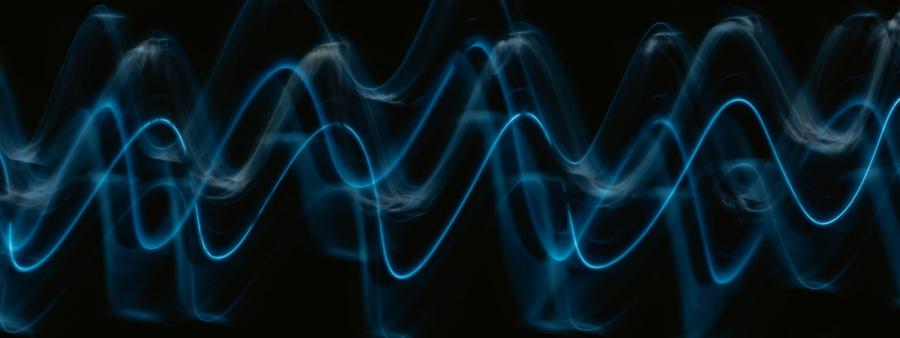Electromagnetic waves and health | Debunking myths

In the digital age, we surround ourselves with electronic devices that emit electromagnetic waves (EMF), from cell phones and cell towers to household appliances and Wi-Fi networks (among others).
As our dependence on these technologies increases, so do concerns about potential health effects.
In this article, we debunk some of the most common myths about electromagnetic waves and health. Read on!
What are electromagnetic waves?
Electromagnetic waves are a type of energy propagated through space in the form of oscillating electric and magnetic fields. These waves can vary in frequency and length, ranging from high-energy gamma rays to low-energy radio waves.
They are a fundamental part of nature and are found in various forms, from the sunlight that illuminates our planet to the radio signals we use to communicate.
These waves are invisible to the human eye, but play a crucial role in a wide range of technological applications, from wireless data transmission to electrical power generation.
Types of electromagnetic waves
- Ionizing: These waves have enough energy to ionize atoms and molecules, which can cause cell damage and increase the risk of cancer. Examples include X-rays and gamma rays.
- Non-ionizing: These waves, such as those generated by electronic devices and wireless networks, do not have enough energy to cause ionization; therefore, they are much less hazardous to health.
Common myths about electromagnetic waves and health
The omnipresence of these electromagnetic waves in our lives has generated concerns about the possible effects they could have on health. Among others, the most talked-about myths in the field have been:
- Development of diseases: One of the most widespread myths is that exposure to electromagnetic waves from devices such as cell phones and telephone antennas can cause cancer.
Cell phone towers and Wi-Fi networks emit radiofrequency (RF) radiation, a type of non-ionizing EMF. Non-ionizing radiation does not have enough energy to damage cells or DNA, unlike ionizing radiation such as X-rays or gamma rays.
Fact: The amount of RF emitted by these sources is well below international safety limits established by organizations such as the World Health Organization (WHO). Extensive scientific studies have found no evidence associating low-level RF exposure with adverse health effects.
- Other health problems: There has been speculation about other health problems related to exposure to electromagnetic waves, such as headaches, fatigue, and sleep disturbances if the cell phone is kept nearby while sleeping. Although some people may experience these symptoms, scientific evidence has not established a causal relationship with exposure to these waves.
Fact: The amount of RF emitted by a cell phone decreases rapidly with distance. The difference in exposure between holding the phone to the ear or using it hands-free is minimal.
Scientific evidence and experts
Organizations such as the World Health Organization (WHO) and the International Commission on Non-Ionizing Radiation Protection (ICNIRP) have conducted research on the subject and have concluded that exposure to non-ionizing electromagnetic waves within recommended limits is safe for human health.
Despite popular myths and concerns, current scientific evidence suggests that typical levels of exposure to non-ionizing electromagnetic waves are safe for human health.

MASTER IN EHEALTH